Gonbad-e Kavus in the center of the Turkmen desert and between the two main branches of the Gorgan River in the south and north side, is located at the height of 52 meters above the sea level.
The Southern and eastern parts of the city enjoy fertile lands due to its mild mountainous climate and the northern areas climate is semi-arid and semi-desert.
Gonbad-e Kavus consists of two parts named "Markazi", "Dashli Borun", two cities as "Gonbad-e Kavus" and "Inche Borun" and 6 rural districts.
Gonbad-e Kavus (or Gonbad-e Qabus) city is known due to having the tallest brick building of the world which is called "Qabus Tower" remaining from the Ziyarid dynasty. This city is the capital of the Turkmen desert in recent centuries and the largest city of Golestan province after Gorgan.
Agriculture and seeds products such as wheat, barley, cotton and oil seeds constitute the economic base of this city. Livestock and agro-based industries are the other common occupations of the city. Handicrafts, carpets, rugs and Gonbad's Qarchin especially red and high-grade Turkaman's carpets are famous in Gonbad-e Kavus. Horse breeding has been common in this area and Turkaman horse enjoys a global reputation.
This area has tourist, recreational and historical attractions, like Gonbad-e Qabus Tower, Shrine of Yahya bin Zaid, an artificial lake, unfinished blue waves, Alghadir tourist park, a large Russians market, equestrian complex, Jorjan historical city, Golestam dam 1 and 2, and three beautiful wetlands.
Iranian Turkamans are the most inhabitants of Gonbad. Few of the indigenous population speak in Farsi and many immigrants from other regions of Baluchistan, Azeris, Shahroud, Semnan and Khorasan live in this city. 60% of the population is Sunni (Turkmen and Baluchi) followers and 40 % of them are Shia (Farsi speakers and Turks).
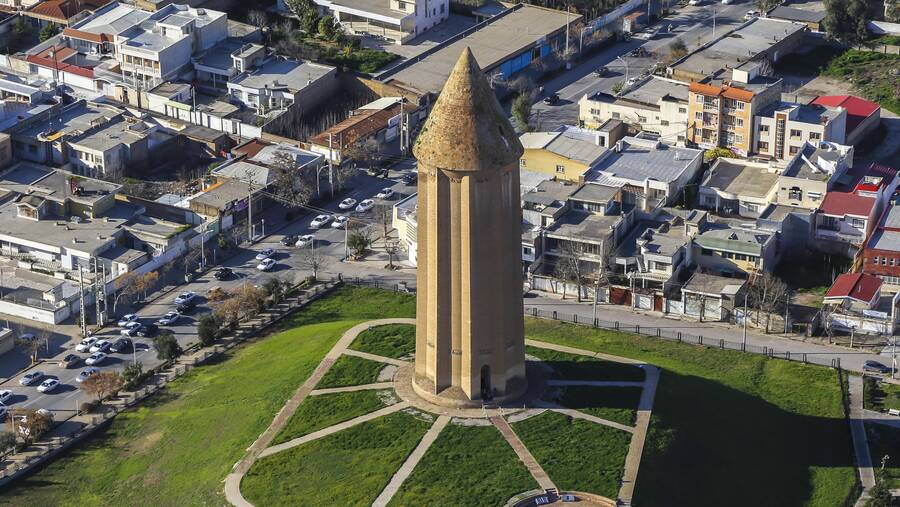
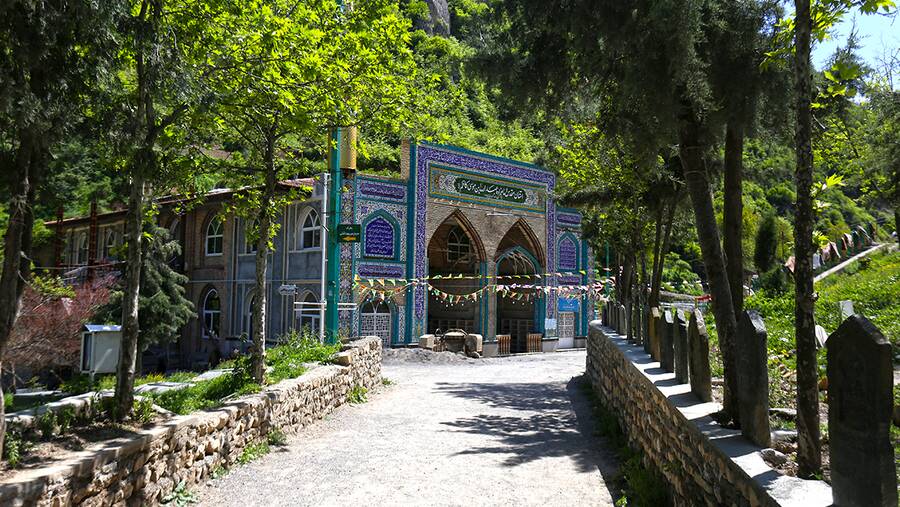
-k-main.jpg)
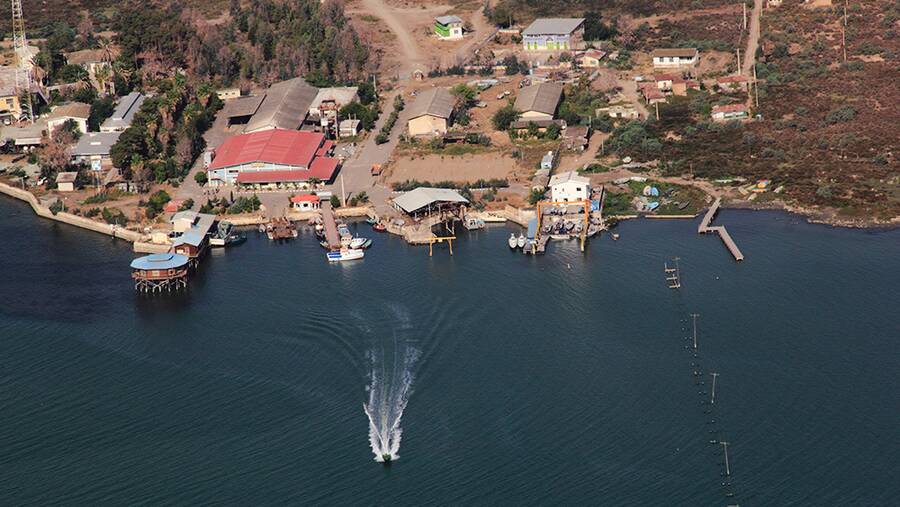
.jpg)
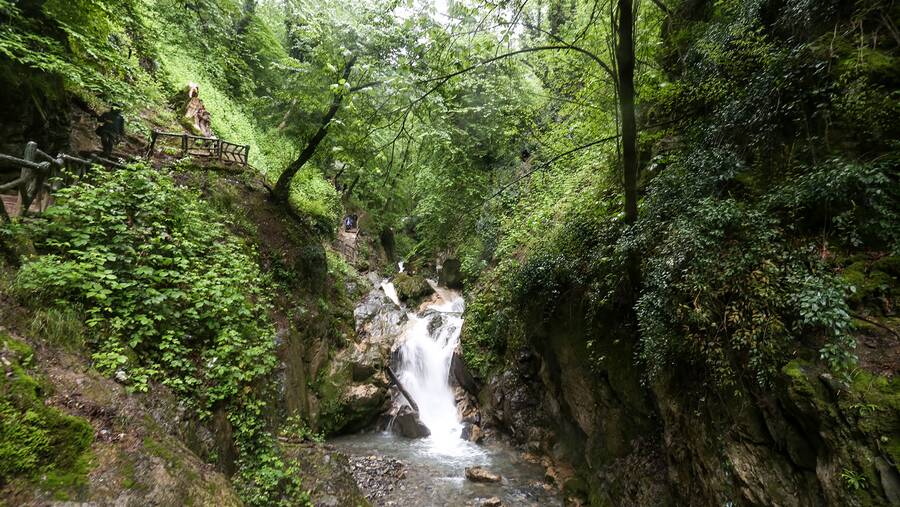
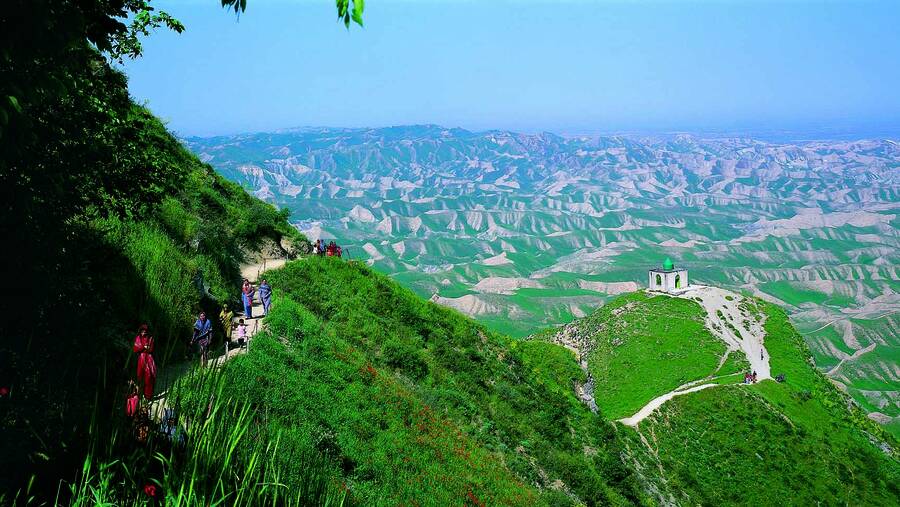
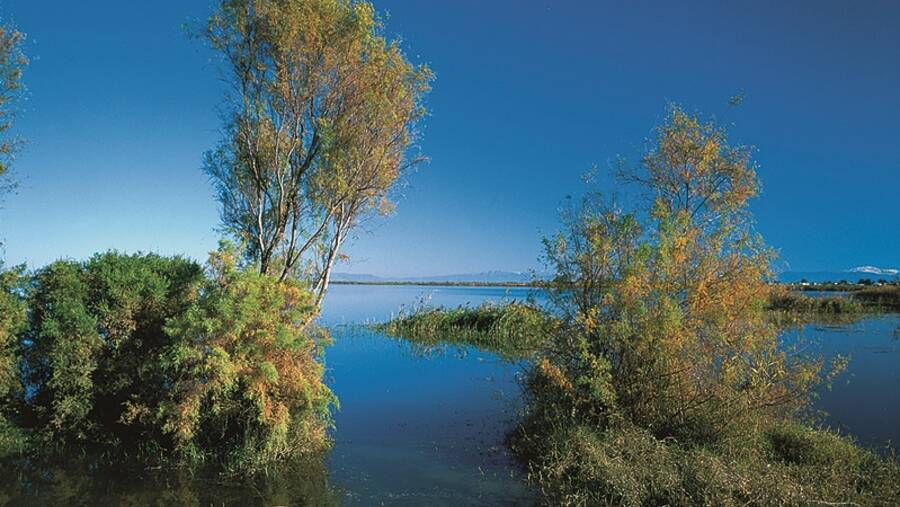

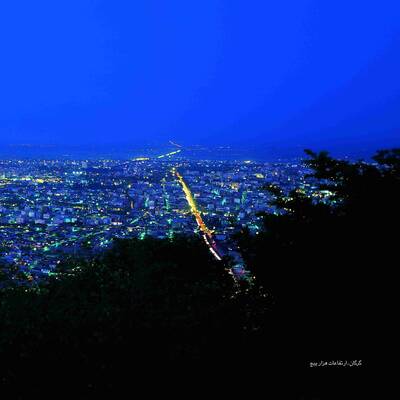
.jpg)


